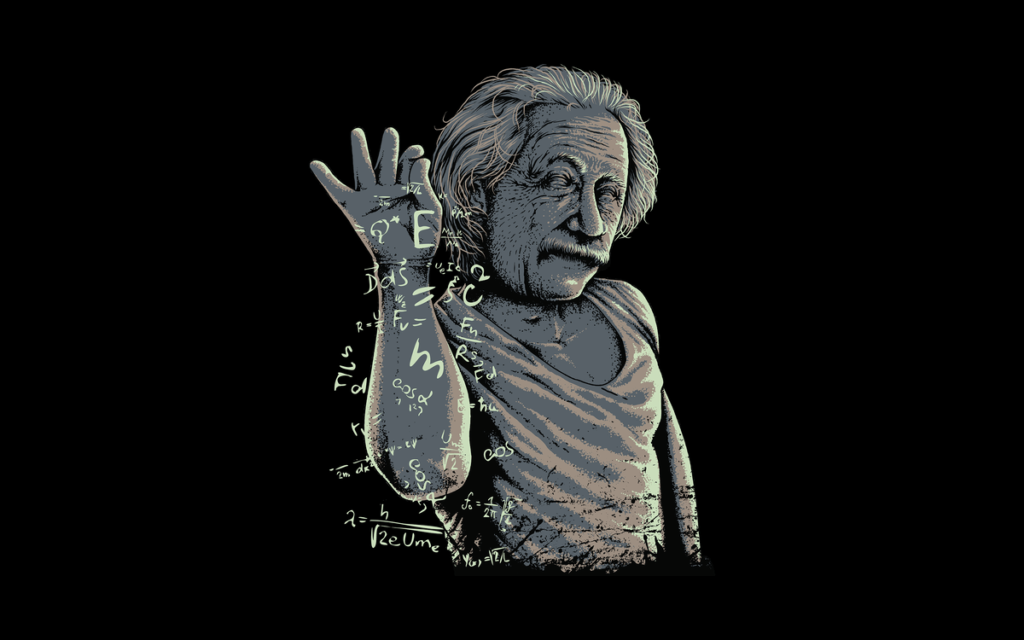May 7, 2022
Good morning. Every Saturday, we write about one specific right that you possess as a citizen in our country. In today’s edition of “Know Your Rights”, we look at the rights of meme creators in India.
KNOW YOUR RIGHTS – EDITION 38
Rights of a Memelord in India

To all the masters, lords and creators of the internet’s very own units of culture – the meme – this one’s for you. For the most part, things are pretty straightforward. Memes are meant to be shared – or not if you deal in niche memes in the basement. But things get a lot more complicated when a major corporation tries to pander to the terminally online by co-opting a reference they barely understand.
Frankly, whether they do it right or not is none of our business. A company’s going to do whatever it takes to sell you things, and this is just something they think helps. The problem is that now, a company that is worth millions is using your work to make more money. And it’s giving you none of it. That’s right, we’re talking about copyright law.
The great thing about meme culture is that it exists in the “negative space” of Intellectual Property. This means that all the remixes, updates, formats and trends are allowed… to a degree. Think of it like the fashion cycle where old things are constantly coming back in new and fresh ways. While the fashion industry is thronged with lawsuits galore, the issue rarely is about the silhouette of a shoe or the cut of a dress.
What bothers people is when their likeness gets used without permission, or they can prove that they, in fact, are the creators of the product at hand. This works for memes too. For example, Jerry Media, the advertising firm that acts like a meme page on Instagram called “F***Jerry”, came under fire when they were reposting memes without giving creators credit. That’s a clear infringement of one’s rights as:
- The meme or the product was shared without any proper credits.
- The meme was always posted in full with the creator’s expressions, i.e. illustrations, photographs, videos, symbols, etc.
These aspects clearly make it subject to Copyright laws. Basically, memes fall under the ambit of “artistic works” and are thus covered under Section 2(c) of the Indian Copyright Act, 1957. A copyright infringement, invasion or encroachment happens when a piece of media or “artistic work” gets spread around without the creator’s consent. If this happens to you, as per Section 2(m)(i) of the Indian Copyright Act, you have a case.
This brings us to the moving pictures part of copyright. Section 14(d)(i) of the Indian Copyright Act lets you “make a copy of the film, including a photograph of any picture constituting part thereof…” with prior consent. In non-legal speak, if you have permission from the person that owns the rights to the original content, i.e. the producers, in most cases, then you can make your memes guilt-free. Turns out that all those Spongebob memes are on thin ice.
But wait, not all meme-makers come from the wrong side of the tracks. For every copyright case, there is a doctrine of “fair use”. Incredibly, an owner’s copyrights aren’t absolute. The fair use doctrine adds a couple of regulations. If your work doesn’t violate those clauses, you’re free to go as you have fairly dealt with the work.
Section 54(1) of the Indian Copyright Act talks about “fair dealing with any work”. It must be noted that the goal here isn’t to give people the right to encroach upon someone’s copyrights. What this is trying to do is provide a valid defence to the little guy. While establishing fair use can be complicated and really depends on the case at hand, the general points looked at are:
- The purpose of the use, i.e. for commercial work or non-profit use.
- The nature of the original work that has been taken from.
- The amount of the original work used in the new piece.
- The effect of this use on the original content, its market or its value.
The Kerala High Court in the Civic Chandran v Ammini Amma case of 1996 added that copying or using aspects of an original piece for satire or a parody also falls under fair use. The goal here would be to criticise the original work, and thus, it would not count as the “illegitimate use” of the original content. Well, thank god for that, right?
So here we are. All well-versed and studied up on fair meme-making. Obviously, with the constantly evolving space online, the nature of memes and the formats used will also change. Nowhere is change more readily embraced than on the internet… at times. While India hasn’t had to deal with meme-based court cases yet, it would serve us well to look into the nitty-gritty of copyright laws. There’s a lot to do in that timeline.

